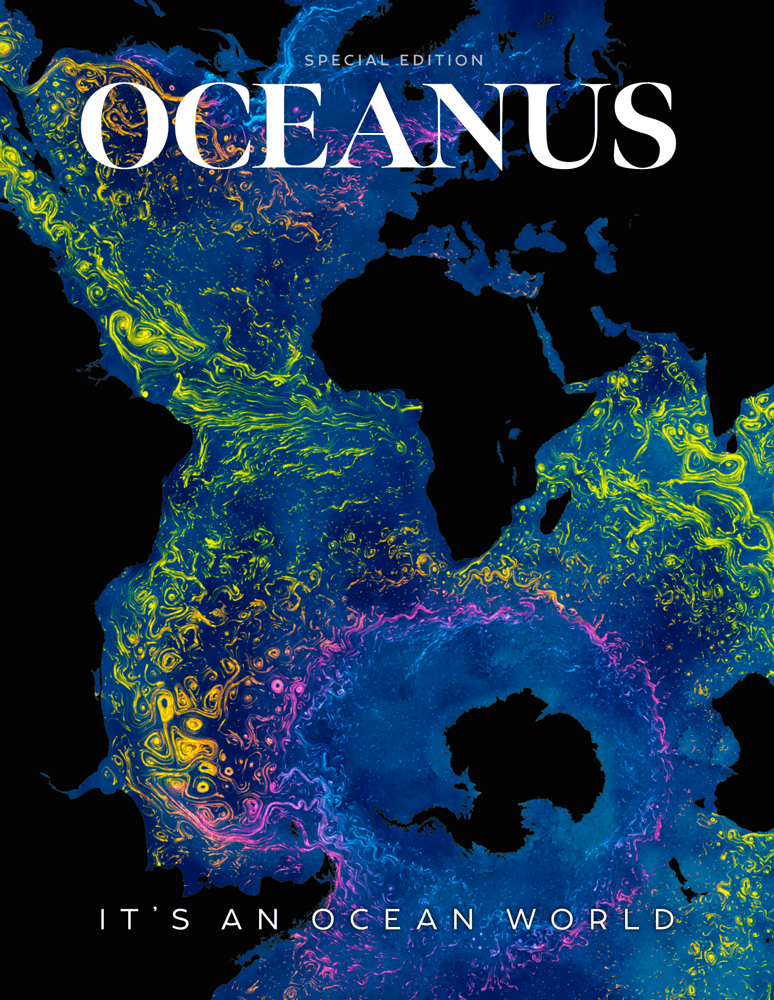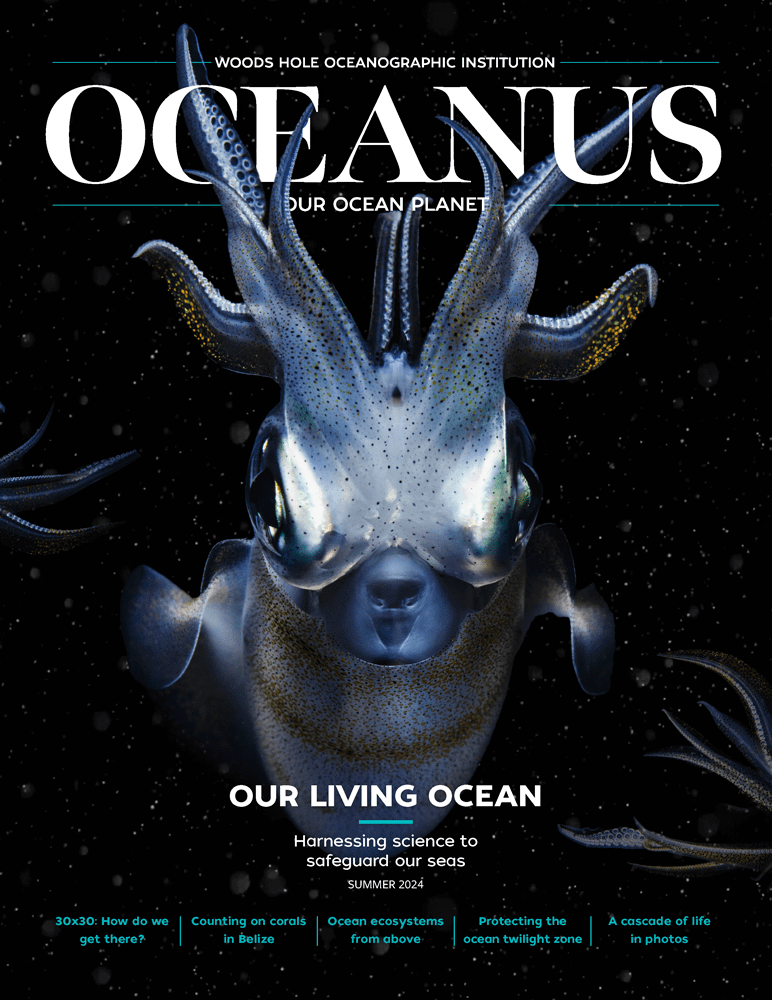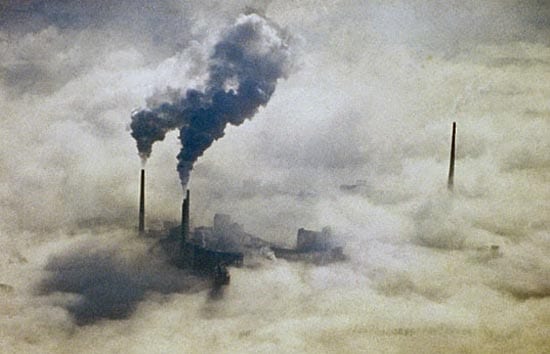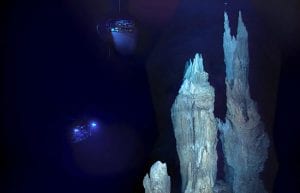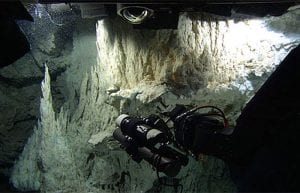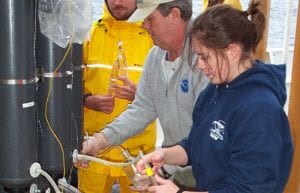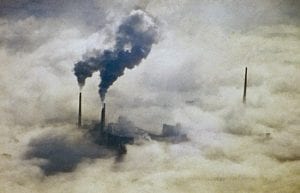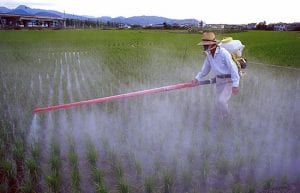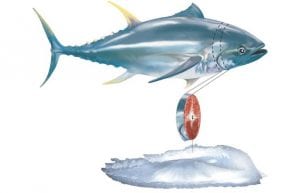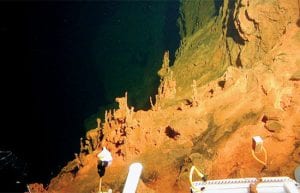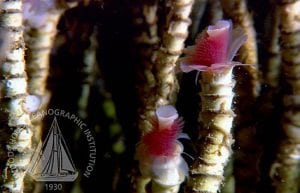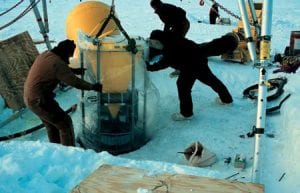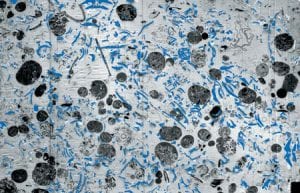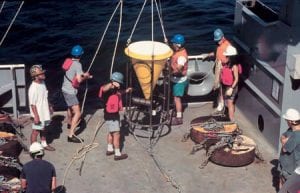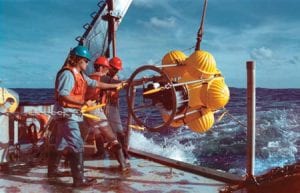Ocean Chemistry
The Oceans Feel Impacts from Acid Rain
The release of sulfur and nitrogen into the atmosphere by power plants and agricultural activities is making seawater more acidic, especially in coastal waters, according to a study published September…
Some Things New Under the Sea
New microbe species discovered In the quest to explore the remarkable diversity of microbial life…
WHOI Scientists Testify to Congress
Marine geochemist Scott Doney and marine policy specialist Porter Hoagland traveled to the nation’s capital…
How Long Can the Ocean Slow Global Warming?
It is 4:30 a.m., far from land. A group of scientists clad in bright yellow…
Red Tides and Dead Zones
The most widespread, chronic environmental problem in the coastal ocean is caused by an excess…
In Tiny Ear Bones, the Life Story of a Giant Bluefin Tuna
The Atlantic bluefin tuna, Thunnus thynnus, is one of the fastest, most powerful and most…
Living Large in Microscopic Nooks
Newly discovered deep-sea microbes rearrange thinking on the evolution of the Eart—and life on it.
When Seafloor Meets Ocean, the Chemistry Is Amazing
Scientists are discovering that abundant quantities of methane gas are continually seeping from the seafloor…
Extreme Trapping
One of oceanography’s major challenges is collection of data from extraordinarily difficult environments. For those…
The Rain of Ocean Particles and Earth’s Carbon Cycle
WHOI Phytoplankton photosynthesis has provided Earth's inhabitants with oxygen since early life began. Without this…
Deploying the Rain Catchers
Deployment of a deep-ocean sediment trap mooring begins with the ship heading slowly into the…
The Oceanic Flux Program
The predawn hours at sea have a unique feel—an eerie stillness, regardless of weather. This…
Catching the Rain: Sediment Trap Technology
WHOI Senior Engineer Ken Doherty developed the first sediment trap in the late 1970s for…
